A Incrível Dança Do Universo!!
A incrível dança do Universo!!
Eclipse Across America
August 21, 2017, the United States experienced a solar eclipse!

An eclipse occurs when the Moon temporarily blocks the light from the Sun. Within the narrow, 60- to 70-mile-wide band stretching from Oregon to South Carolina called the path of totality, the Moon completely blocked out the Sun’s face; elsewhere in North America, the Moon covered only a part of the star, leaving a crescent-shaped Sun visible in the sky.

During this exciting event, we were collecting your images and reactions online.
Here are a few images of this celestial event…take a look:

This composite image, made from 4 frames, shows the International Space Station, with a crew of six onboard, as it transits the Sun at roughly five miles per second during a partial solar eclipse from, Northern Cascades National Park in Washington. Onboard as part of Expedition 52 are: NASA astronauts Peggy Whitson, Jack Fischer, and Randy Bresnik; Russian cosmonauts Fyodor Yurchikhin and Sergey Ryazanskiy; and ESA (European Space Agency) astronaut Paolo Nespoli.
Credit: NASA/Bill Ingalls

The Bailey’s Beads effect is seen as the moon makes its final move over the sun during the total solar eclipse on Monday, August 21, 2017 above Madras, Oregon.
Credit: NASA/Aubrey Gemignani

This image from one of our Twitter followers shows the eclipse through tree leaves as crescent shaped shadows from Seattle, WA.
Credit: Logan Johnson

“The eclipse in the palm of my hand”. The eclipse is seen here through an indirect method, known as a pinhole projector, by one of our followers on social media from Arlington, TX.
Credit: Mark Schnyder

Through the lens on a pair of solar filter glasses, a social media follower captures the partial eclipse from Norridgewock, ME.
Credit: Mikayla Chase

While most of us watched the eclipse from Earth, six humans had the opportunity to view the event from 250 miles above on the International Space Station. European Space Agency (ESA) astronaut Paolo Nespoli captured this image of the Moon’s shadow crossing America.
Credit: Paolo Nespoli

This composite image shows the progression of a partial solar eclipse over Ross Lake, in Northern Cascades National Park, Washington. The beautiful series of the partially eclipsed sun shows the full spectrum of the event.
Credit: NASA/Bill Ingalls
In this video captured at 1,500 frames per second with a high-speed camera, the International Space Station, with a crew of six onboard, is seen in silhouette as it transits the sun at roughly five miles per second during a partial solar eclipse, Monday, Aug. 21, 2017 near Banner, Wyoming.
Credit: NASA/Joel Kowsky
To see more images from our NASA photographers, visit: https://www.flickr.com/photos/nasahqphoto/albums/72157685363271303
Make sure to follow us on Tumblr for your regular dose of space: http://nasa.tumblr.com
More Posts from Ritasakano and Others
A Wider Set of Eyes on the Universe
After years of preparatory studies, we are formally starting an astrophysics mission designed to help unlock the secrets of the universe.
Introducing…
the Wide Field Infrared Survey Telescope, aka WFIRST.

With a view 100 times bigger than that of our Hubble Space Telescope, WFIRST will help unravel the secrets of dark energy and dark matter, and explore the evolution of the cosmos. It will also help us discover new worlds and advance the search for planets suitable for life.
WFIRST is slated to launch in the mid-2020s. The observatory will begin operations after traveling about one million miles from Earth, in a direction directly opposite the sun.

Telescopes usually come in two different “flavors” - you have really big, powerful telescopes, but those telescopes only see a tiny part of the sky. Or, telescopes are smaller and so they lack that power, but they can see big parts of the sky. WFIRST is the best of worlds.
No matter how good a telescope you build, it’s always going to have some residual errors. WFIRST will be the first time that we’re going to fly an instrument that contains special mirrors that will allow us to correct for errors in the telescope. This has never been done in space before!
Employing multiple techniques, astronomers will also use WFIRST to track how dark energy and dark matter have affected the evolution of our universe. Dark energy is a mysterious, negative pressure that has been speeding up the expansion of the universe. Dark matter is invisible material that makes up most of the matter in our universe.
Single WFIRST images will contain over a million galaxies! We can’t categorize and catalogue those galaxies on our own, which is where citizen science comes in. This allows interested people in the general public to solve scientific problems.
Make sure to follow us on Tumblr for your regular dose of space: http://nasa.tumblr.com
Bonsai!!
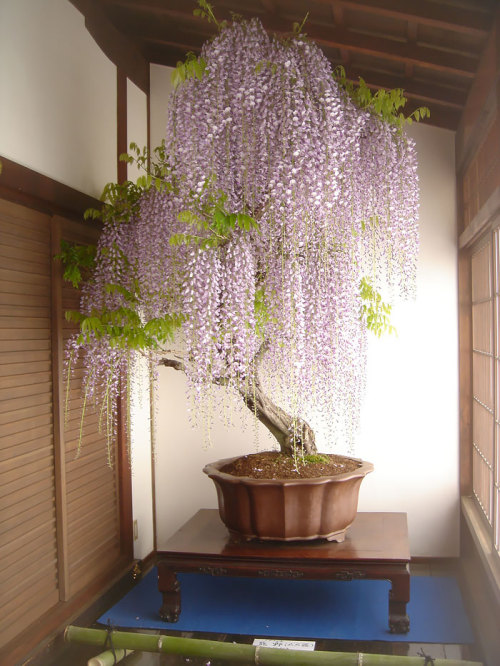
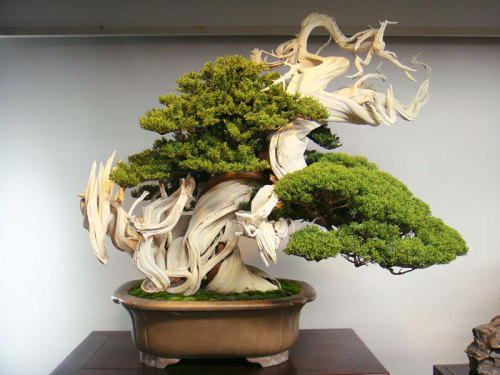
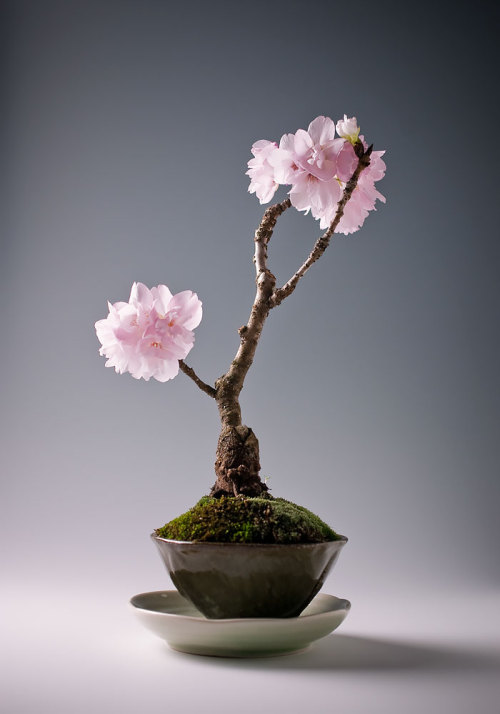
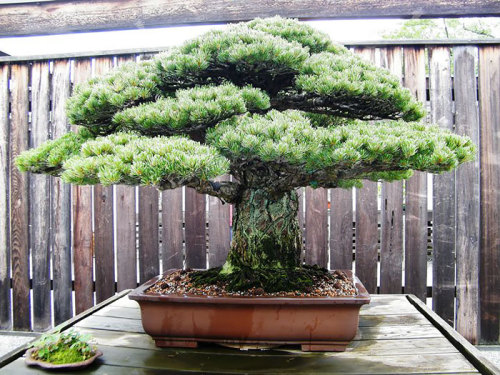

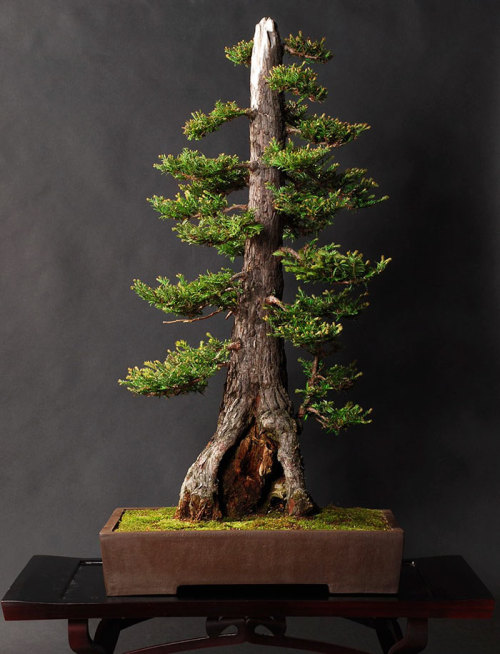

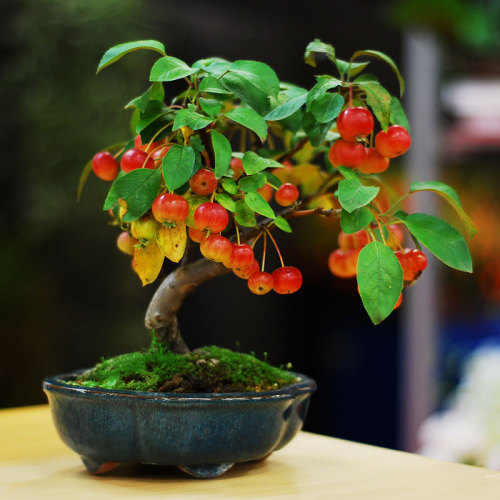


The Most Beautiful Bonsai Trees Ever.

Study Examines Religious Experiences and Depression
While attending religious services is generally associated with improvements in mental wellbeing, a new study reports spiritual experiences and belief in divine leading can lead to an increased risk of depression, especially in men.

A modern pair of ornate hina dolls dressed in costumes made with silk from Gunma Prefecture. Gunma is known for silk production; the first mechanized silk mill in Japan was built in Tomioka, Gunma Prefecture during the early Meiji Period.


Kimono. Taisho to early Showa period (1912-1939), Japan. A fine rinzu (damask) silk kimono featuring carp created with metallic thread weaving. Silk lining. This kimono reflects the experimentation with tradition during the Taisho period and early Showa period; the artist in this example has taken the traditional auspicious carp motif, placing them under bold lavender color bands running in parallel angles, to produce a ‘modern’ graphic result. The Kimono Gallery

A Visual Guide to the SARS-CoV-2 Coronavirus
Illustrations by Veronica Falconieri Hays (Scientific American)
What scientists know about the inner workings of the pathogen that has infected the world
For all the mysteries that remain about the novel coronavirus and the COVID-19 disease it causes, scientists have generated an incredible amount of fine-grained knowledge in a surprisingly short time.
Thousands of different coronaviruses may inhabit the planet. Four of them are responsible for many of our common colds. Two others have already triggered alarming outbreaks of disease: in 2002 a coronavirus caused severe acute respiratory syndrome (SARS), which killed more than 770 people worldwide, and in 2012 a different strain started Middle East respiratory syndrome (MERS), taking more than 800 lives. SARS burned out within a year; MERS still lingers.
The newest coronavirus, SARS-CoV-2, has created a far deadlier pandemic in part because once it infects a person it can lie undetected for a long time. An individual who had the SARS coronavirus did not transmit it until 24 to 36 hours after displaying symptoms such as fever and dry cough; people feeling ill could be isolated before they made others sick. But people with COVID-19 can transmit the virus before they show clear symptoms. Not feeling ill, infected men and women work, commute, shop, eat out and attend parties, all the while exhaling coronavirus into the airspace of people around them. The virus can remain undetected inside the human body for so long partly because its genome produces proteins that delay our immune system from sounding an alarm. Meanwhile lung cells die as the virus secretly reproduces. When the immune system does hear the call, it can go into overdrive, suffocating the very cells it is trying to save.
In the graphics that follow, Scientific American presents detailed explanations, current as of mid-June, into how SARS-CoV-2 sneaks inside human cells, makes copies of itself and bursts out to infiltrate many more cells, widening infection. It shows how the immune system would normally attempt to neutralize virus particles and how CoV-2 can block that effort. It explain some of the virus’s surprising abilities, such as its capacity to proofread new virus copies as they are being made to prevent mutations that could destroy them. And it shows how drugs and vaccines might still be able to overcome the intruders.

Virus invasion and immune response
A SARS-CoV-2 particle enters a person’s nose or mouth and floats in the airway until it brushes against a lung cell that has an ACE2 receptor on the surface. The virus binds to that cell, slips inside and uses the cell’s machinery to help make copies of itself. They break out, leaving the cell for dead, and penetrate other cells. Infected cells send out alarms to the immune system to try to neutralize or destroy the pathogens, but the viruses can prevent or intercept the signals, buying time to replicate widely before a person shows symptoms.





Drug and vaccine intervention
Commercial and university labs are investigating well over 100 drugs to fight COVID-19, the disease the SARS-CoV-2 virus causes. Most drugs would not destroy the virus directly but would interfere with it enough to allow the body’s immune system to clear the infection. Antiviral drugs generally stop a virus from attaching to a lung cell, prevent a virus from reproducing if it does invade a cell, or dampen an overreaction by the immune system, which can cause severe symptoms in infected people. Vaccines prepare the immune system to quickly and effectively fight a future infection.


The remarkable and mysterious Coronavirus genome
The SARS-CoV-2 genome is a strand of RNA that is about 29,900 bases long—near the limit for RNA viruses. Influenza has about 13,500 bases, and the rhinoviruses that cause common colds have about 8,000. (A base is a pair of compounds that are the building blocks of RNA and DNA.) Because the genome is so large, many mutations could occur during replication that would cripple the virus, but SARS-CoV-2 can proofread and correct copies. This quality control is common in human cells and in DNA viruses but highly unusual in RNA viruses. The long genome also has accessory genes, not fully understood, some of which may help it fend off our immune system.

This article was originally published with the title “Inside the Coronavirus” in Scientific American 323, 1, 32-37 (July 2020). doi:10.1038/scientificamerican0720-32
Source: By Mark Fischetti, Veronica Falconieri Hays, Britt Glaunsinger, Jen Christiansen | Scientific American July 2020 Issue


“The Stella Pinafore Toilette.”
Enquire Within, Ladies Home Journal
5th February 1916.
O monte Bromo (em indonésio: Gunung Bromo; em javanês: Gunung Brama é um estratovulcão ativo da ilha de Java, Indonésia,[1] situado na província de Java Oriental e regência de Probolinggo.
Faz parte do maciço de Tengger e o cume ergue-se a 2 239 metros de altitude. Apesar de não ser o vulcão mais alto do maciço, é o mais conhecido. A cratera tem cerca de 800 m de diâmetro e 200 m de profundidade. O maciço faz parte do Parque Nacional de Bromo-Tengger-Semeru e é uma das áreas de Java Oriental mais visitadas por turistas. O nome Bromo deriva da pronúncia javanesa de Brama, o deus criador do hinduísmo.O vulcão ergue-se no meio de uma planície chamada Mar de Areia (em javanês: Segara Wedi; em indonésio: Lautan Pasir), classificada como reserva natural desde 1919
Bromo Volcano Crater
-
 lovelyangemon liked this · 1 year ago
lovelyangemon liked this · 1 year ago -
 radleyarts liked this · 1 year ago
radleyarts liked this · 1 year ago
